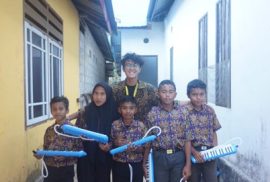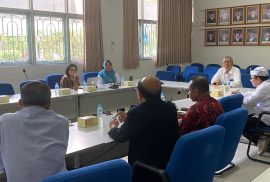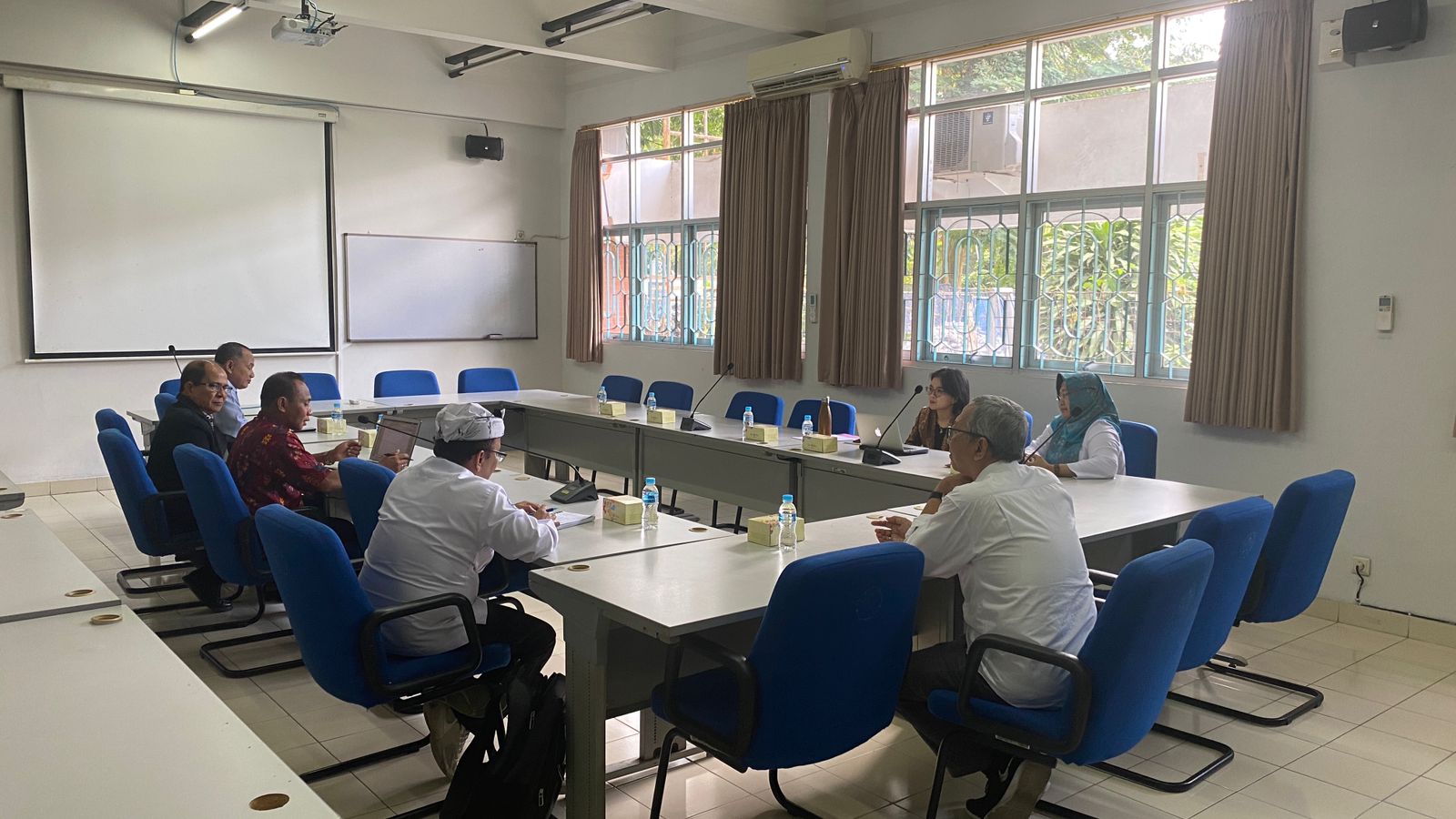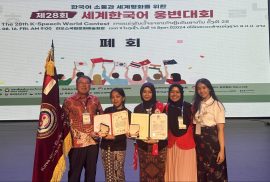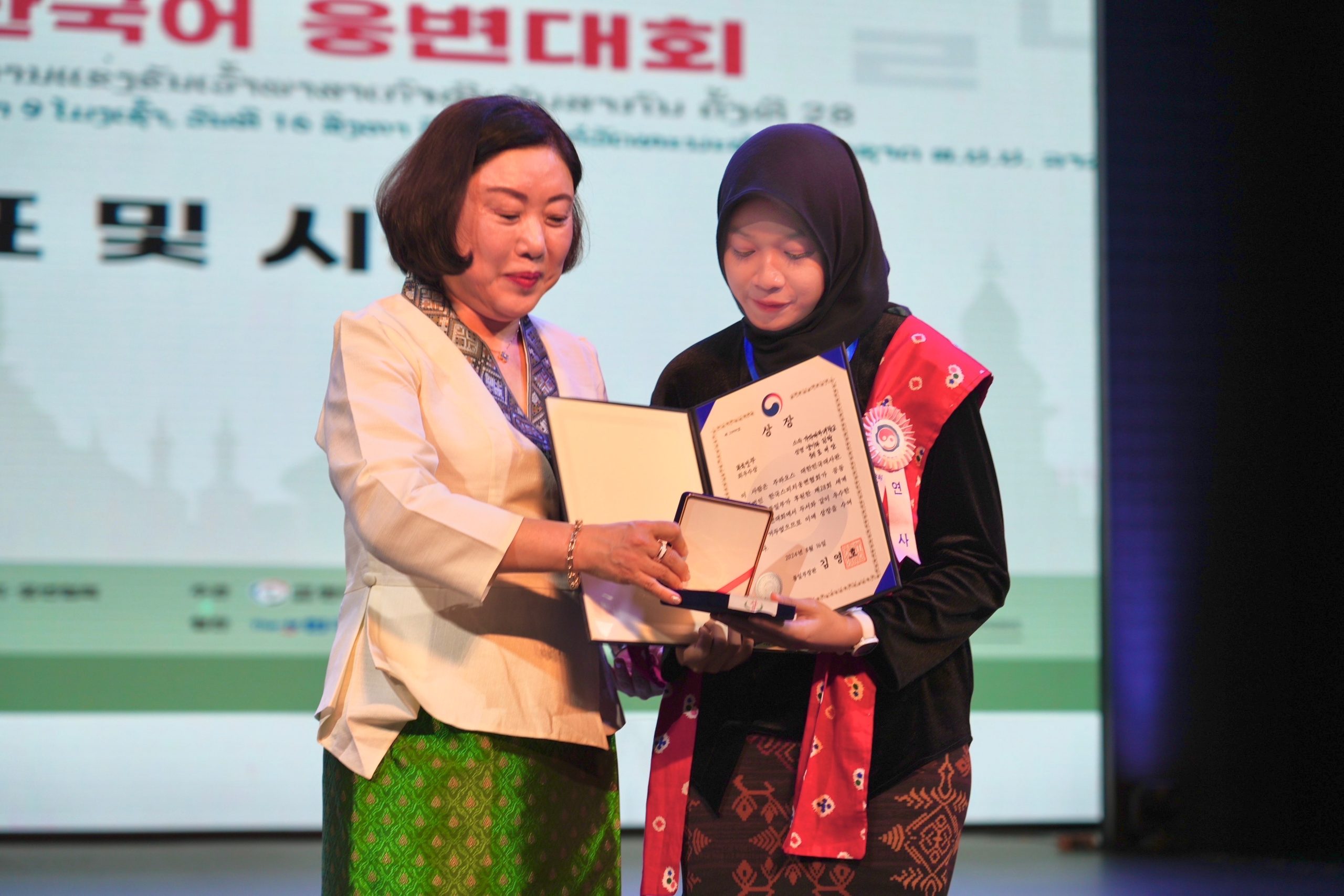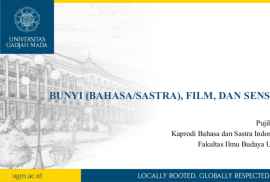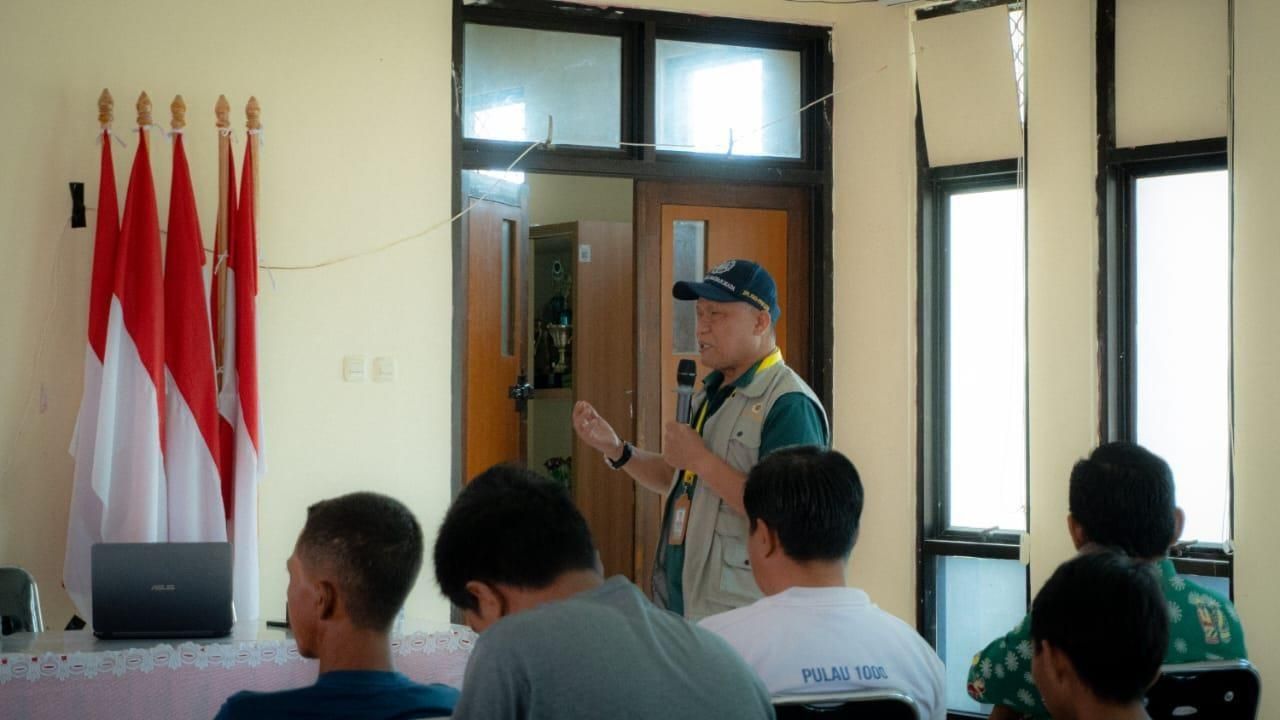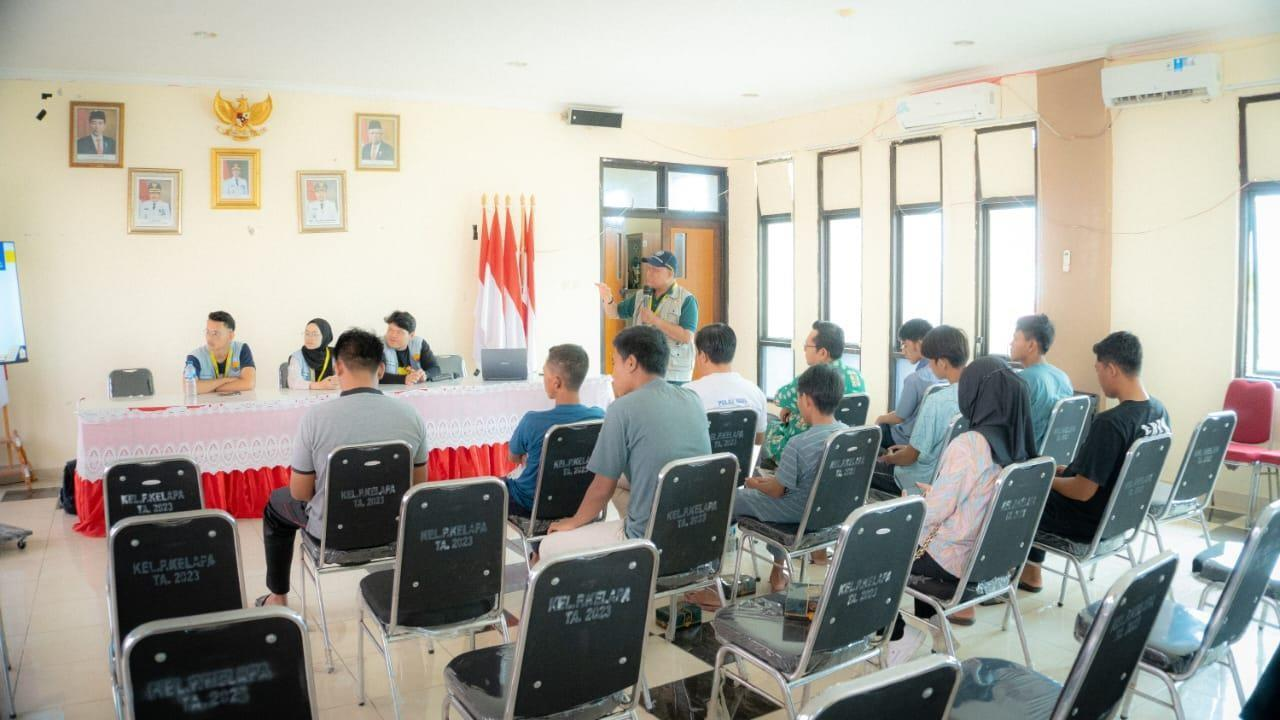Community service or KKN (Kuliah Kerya Nyata) is an important part of higher education in Indonesia, especially at Universitas Gadjah Mada. The KKN-PPM UGM SG 007 with the theme “Optimizing Local Potential to Realize Community-Based Sustainable Tourism in Namu, Batujaya, and Malaringgi Villages” was carried out by 28 UGM students from July 1, 2024 to August 19, 2024. The team received appreciation from H. Surunuddin Dangga, S.T., M.M. as the Regent of South Konawe when participating in the Stunting Eradication Program in Namu Village.
Rafi Ramdani, a student of Cultural Anthropology, Faculty of Cultural Sciences UGM, in early July to mid-August, carried out KKN-PPM in Malaringgi Village, Laonti District, South Konawe Regency which witnessed his enthusiasm to serve the community through the Pinaika Musical Instrument Teaching program with the theme “Educating Malaringgi.” The program was held in the village of Malaringgi: Comprehensive and innovative learning activities for children”. This program has been designed by the UGM KKN-PPM team under the guidance of Dra. Eko Sulistyani, M.Sc, from the Department of Physics, FMIPA UGM with the main objective of providing comprehensive education to students in Malaringgi Village.
Rafi’s program focuses on teaching and training children to play the pianika as one of the modern musical instruments developing in Indonesia. He realizes that music is not just entertainment, but also a means to develop children’s cognitive, social, and emotional skills as well as a medium to preserve local culture by adapting local songs using modern musical instruments. By introducing the pianika, which is a modern musical instrument but easy to learn, children can improve hand-eye coordination, fine motor skills, and the ability to read musical notation. In addition, through playing music together, children also learn to work together and communicate better.
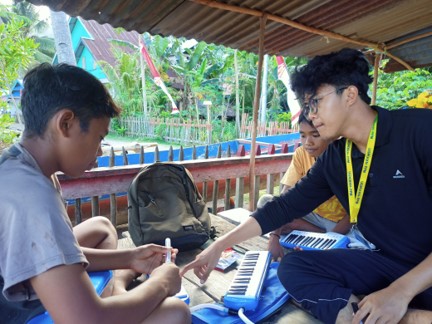
Photo of Rafi teaching children to play the pianika
The community welcomed this program enthusiastically. Children who previously had limitations in playing musical instruments are now starting to show significant improvement. Rafi not only acts as a teacher, but also as a mentor who helps build confidence in the children to explore and learn music. With the skill of playing the pianika, the children are expected to have wider opportunities to participate in various art activities at school and outside of school. This can pave the way for them to explore their interests and talents in music, which can be a provision for the future.
The community service carried out by Rafi is a reflection of the role of students in bringing positive changes to various layers of society. With his enthusiasm and dedication, he proves that Anthropology students of FIB UGM are not only committed to improving academic quality, but also have an active role in creating positive impacts in society. This program not only provides training in music playing skills, but also brings a glimmer of hope and a place of creativity for the children of Malaringgi Village to face a brighter future as the next generation of the nation.

